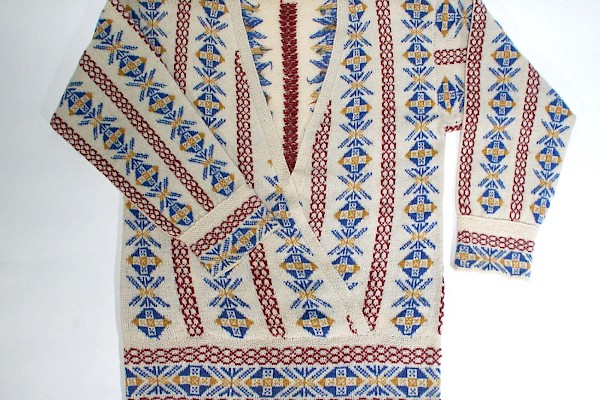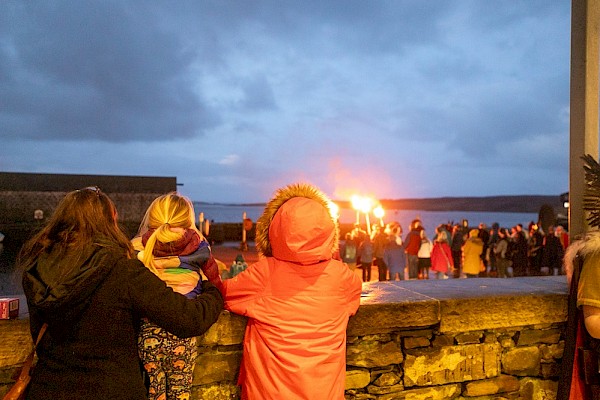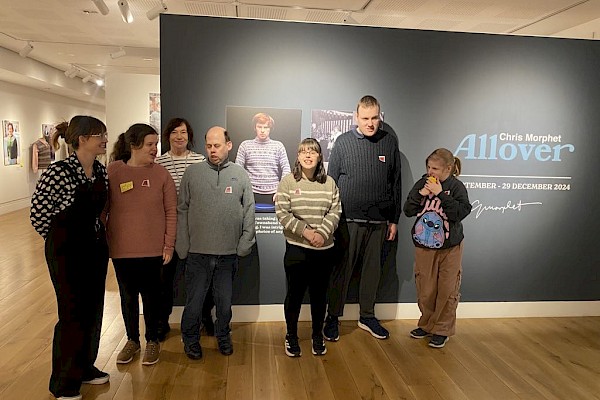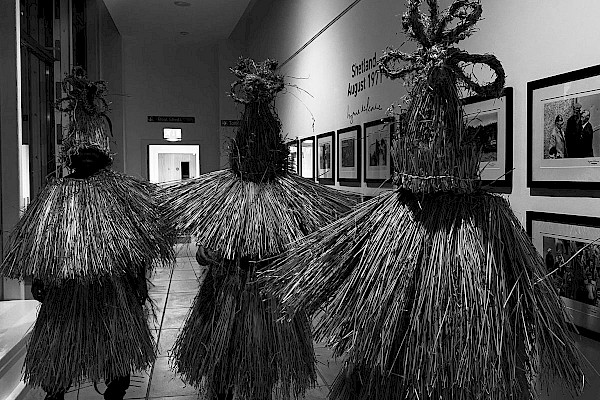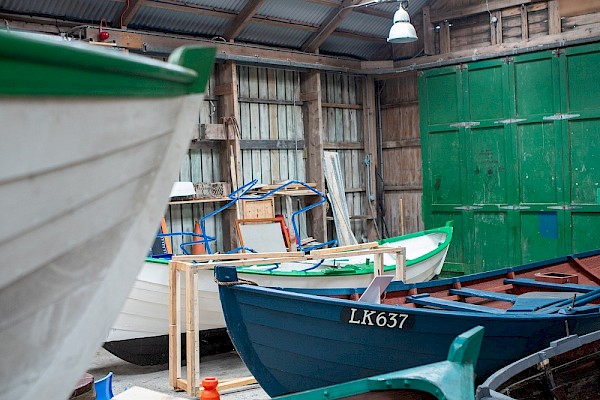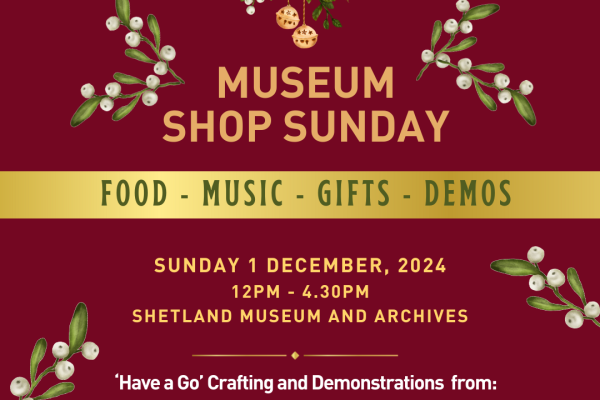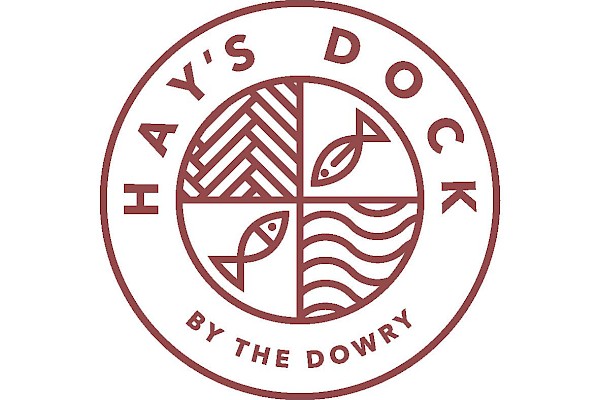Research team examines Shetland's Hanseatic ceramic collection
During the global pandemic, we saw the impact that change and disruption caused to international trade and supply of goods, but it was not the first time ‘traders’ had adapted to change. A collaborative project led by Dr Natascha Mehler of the Leibniz Institute of Maritime History (German Maritime Museum) alongside the university of the Highland and Islands and Shetland Museum and Archives has been considering just that. The team are looking at how peripheral communities in Northwest Europe adapted to the changes in the economy in early modern Europe and what role merchants from the Hanseatic cities of Bremen and Hamburg played in the development of trade routes around the Northern Isles.

In the project entitled "Looking in from the Edge" (LIFTE), researchers from Great Britain and Germany investigate on how the Orkney and Shetland islands were integrated into a larger economic empire in early modern Europe between 1468 and 1712. During this period, trade with peripheral destinations became possible through the expansion of continental European trade networks. Each summer merchant ships from Germany would travel to Shetland via Scandinavia bringing beer, linen, salt and currency and would leave with a cargo of goods from Shetland including salt fish and knitted stockings.
In February, a team of academics and ceramic specialists from across Europe arrived in Lerwick for four days of intensive research on the post-medieval ceramic objects and fragments which are part of Shetland’s collection. They had spent three days in Orkney before heading north with a plethora of equipment to take digital images and 3-D scans of the artefacts, and it was a pleasure to hear from specialists from Norway, Denmark, Germany and England on what a fantastic collection of ceramic fragments are in Shetland. They discussed how the colour and inclusions in the fabric of the fragments as well as the type and colour of glaze can show the age and geographical origin of the pottery.

It was a fantastic opportunity to find out more about the ceramics which were imported into Shetland from the 15th century onwards – where they came from, when they were made and what they might have carried here. This information is then fed back into the Museum catalogue to enhance the Hanseatic story for future researchers and visitors to Shetland Museum and Archives.
You can see examples of Hanseatic pottery on display throughout Shetland Museum and Archives and there will also be an exhibition on the findings of the research project on display in the Leibniz Institute of Maritime History from 23rd March 2023 (On and on - The Hanseatic League in the North Atlantic)
